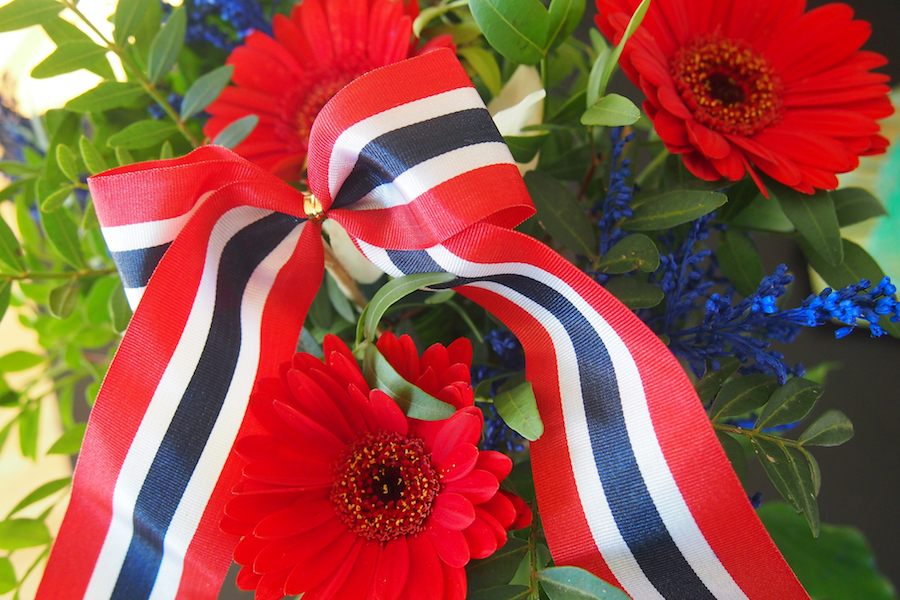How many forms of Norwegian?

Share this step
Written Norwegian
**1 - Keep the Danish.**
**2 - Develop a new written language based on the Norwegian dialects.**
**3 - Norwegianize the Danish.**
At present Bokmål «[…] is often associated with urban culture and an urban way of life. It is also in most cases the language of advertising, pop music, fashion, entertainment and young people’s culture. It is the language of weekly magazines and the big newspapers, and also of the commercial world and the world of technology. […]
Nynorsk is often associated with traditional and national values and with regional or local culture. Writing Nynorsk might be a signal that your identity is more related to local values than to urban style, and that your local roots are of great importance to you.» (Maagerø and Simonsen 2005). Nynorsk has a rather weak position in technology, economy and popular culture. On the other hand, these are the areas where Bokmål is most challenged by English.
Spoken Norwegian
«While the actual pronunciation of Norwegian has played a fundamental role on the development of both norms, the existence of two competing written norms has, on the other hand, prevented the formation of an uncontroversial spoken norm» (Kristoffersen 2000). In other words, there is no standard spoken Norwegian. This is reflected by Maagerø (2005) who quotes the rhetorical question: «Why should the Oslo way of speaking be better than any other dialect?»
Norwegian as a second language
Norwegian dialects
There are several ways of grouping Norwegian dialects depending on how detailed a description must be. On a macro level, one can refer to an Eastern and a Western group. The Eastern group may be grouped into East Norwegian and Trøndsk, the Western group into Western and Northern. Intonational patterns are different between Eastern and Western dialects. Eastern dialects are low tone dialects, that is stressed syllables in words get a low tone, western dialects are high tone dialects.
Major cities within these groups are:
Eastern
Central East Norwegian Oslo, Hamar, Fredrikstad
Trøndsk Trondheim, Steinkjer, Kristiansund
Western
Western Bergen, Stavanger, Kristiansand
Northern Tromsø, Narvik, Bodø
One may subdivide the major dialect groups until one reaches a level of very fine detail. A different phonetic cue, word form or syntactic feature, even a very small one, may signal a dialectal difference that Norwegians are well aware of.
Olaf Husby, October 2010
Share this

Reach your personal and professional goals
Unlock access to hundreds of expert online courses and degrees from top universities and educators to gain accredited qualifications and professional CV-building certificates.
Join over 18 million learners to launch, switch or build upon your career, all at your own pace, across a wide range of topic areas.
Register to receive updates
-
Create an account to receive our newsletter, course recommendations and promotions.
Register for free








